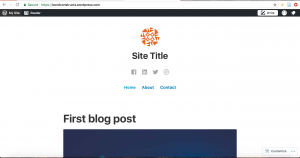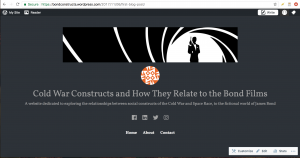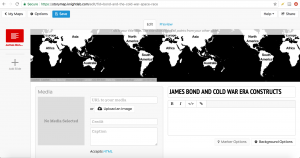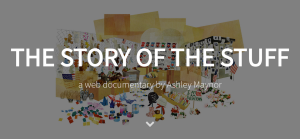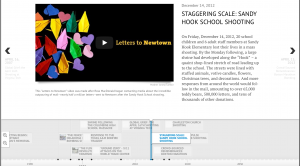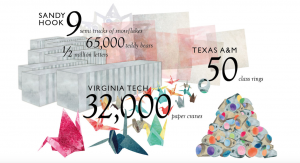Finally, my pièce de résistance for Digital Humanities is complete. This project’s main goal is to show the connections between the precedents set in Cold War influenced reality and how they compare to the fictional life of James Bond – Britain’s most powerful propaganda film series amidst rising tensions during the Cold War. By doing so, I establish the connections that show the way in which the U.S. and Britain had each other’s backs during one of the most anxiety-inducing times in global history.
My project sets out to accomplish traditional humanities work by explaining the allied relationships between the U.S. and Britain during the height of the Cold War. It’s important to show this relationship because of the severity of crisis at the time. The James Bond films, while brilliant popcorn movies, served a large role in defining British and American nationalism during a period where morale was down and peoples’ level of fear was up.The idea of nuclear annihilation, as well as devastation resulting from the Soviet Union’s nuclear stockade, was present in the minds of the British and Americans alike. With the help of these movies, people took solace in knowing that James Bond, who is a representation of British nationalism as well as American hardheadedness, would ultimately end up taking out the enemy – Britain always wins in the end, he has never failed to complete his mission.
By using the arcGIS Map Journal platform, my project goes above and beyond the ways traditional humanities work could have portrayed these connections. The interface of the online program makes it easy to navigate the five sections that I have created.

